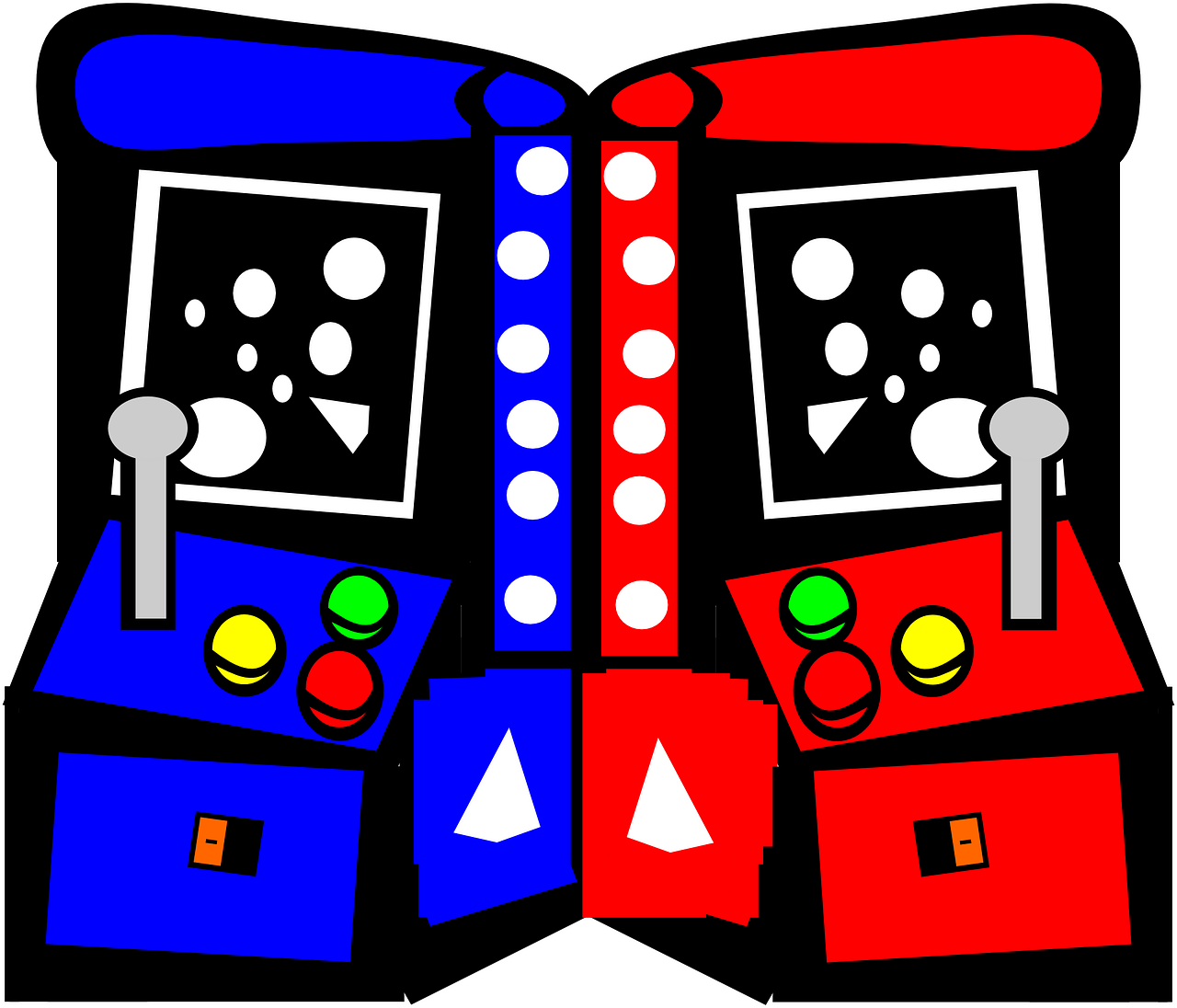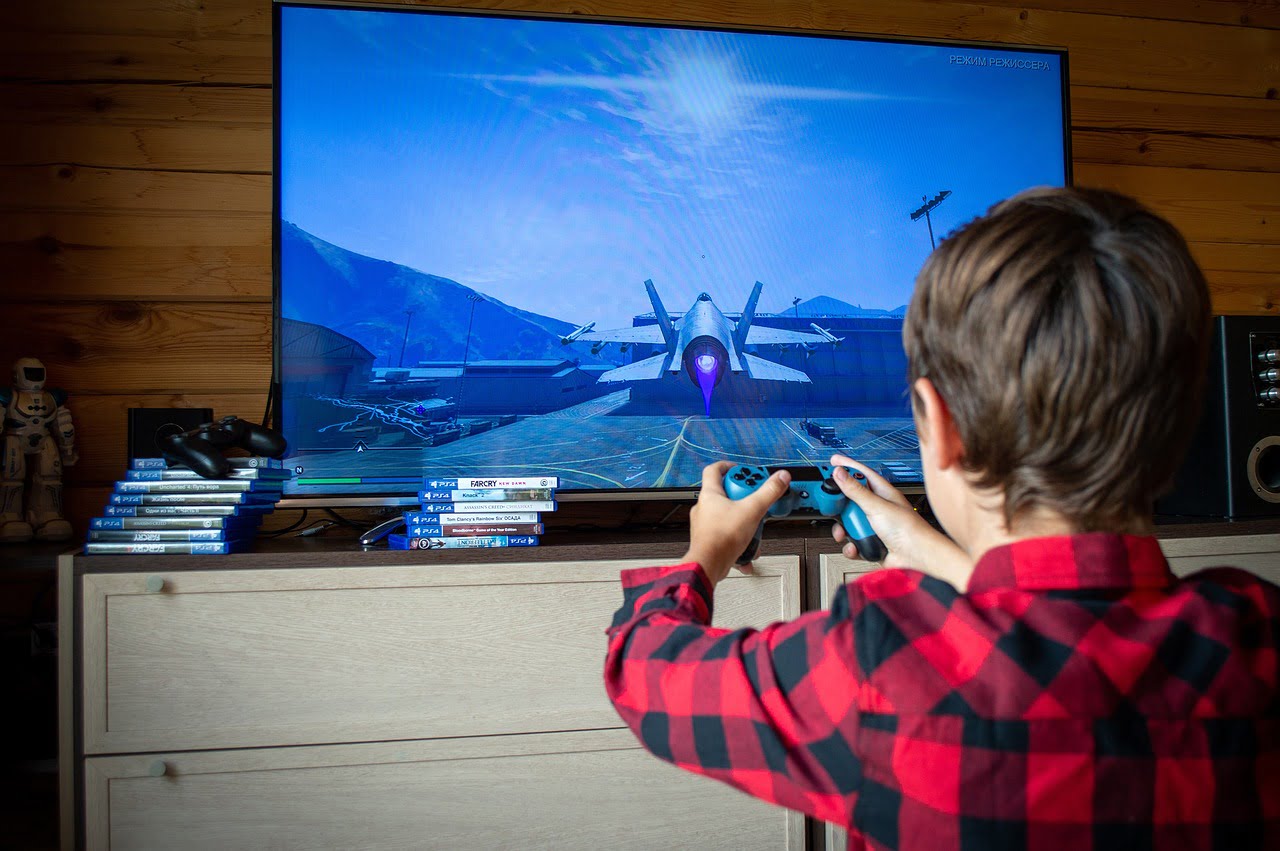Wing Chun is a traditional Chinese martial art known for its practicality, efficiency, and focus on close combat techniques.
With roots dating back to the Qing Dynasty, Wing Chun emphasizes quick, tight movements and a strong centerline.
making it a distinctive and effective self-defense system.
Notable for its rapid-fire punches and defensive strategies, Wing Chun has been popularized by legendary practitioners such as Ip Man and Bruce Lee.
The principles of Wing Chun, including sensitivity, timing, and precise movements, are not only foundational to the martial art but also translate exceptionally well into the realm of gaming.
Creating a video game based on Wing Chun offers players an engaging way to practice and refine their martial arts skills in a digital environment.
This blend of traditional techniques with modern technology can help enthusiasts improve their reflexes, hand-eye coordination, and understanding of combat strategies.
Furthermore, a Wing Chun video game serves as an innovative tool for practitioners who may not always have access to a training partner or dojo.
Digital simulations can replicate the dynamic scenarios one might encounter in real-life combat, providing a safe and controlled setting to hone one’s abilities.
This virtual practice can be particularly beneficial for beginners looking to familiarize themselves with the foundational concepts of Wing Chun before advancing to more complex drills and sparring sessions.
By integrating Wing Chun’s core elements into a video game, developers can create an authentic and immersive experience that not only entertains but also educates.
Players can learn about the martial art’s history, principles, and techniques, all while engaging in interactive gameplay.
This fusion of tradition and technology highlights the importance of adapting classical martial arts to contemporary platforms.
ensuring their continued relevance and accessibility to new generations of practitioners.
Overview of Game Development Without Coding

The landscape of game development has evolved significantly, enabling individuals to create video games without requiring any programming knowledge.
This democratization of game development is largely due to the advent of various tools and platforms that cater to non-coders.
These tools offer visual scripting and drag-and-drop functionalities.
making it accessible for anyone with a creative spark to bring their game ideas to life.
One of the most popular platforms in this regard is Unity, which has integrated visual scripting tools such as Bolt.
Unity, traditionally known for its powerful and flexible game development capabilities, now allows users to design and implement game logic through a visual interface.
This means that even those who are unfamiliar with programming languages can create complex game mechanics by simply connecting nodes in a graphical manner.
Another prominent tool is GameMaker Studio, which has been a favorite among indie developers for years.
GameMaker Studio provides an intuitive drag-and-drop interface that lets users design game elements and behaviors without writing a single line of code.
Its user-friendly environment is perfect for beginners and those looking to create 2D games efficiently.
Additionally, there are other notable game engines such as Construct and Stencyl.
Construct is known for its ease of use and rapid development capabilities, allowing users to create games by arranging blocks of logic visually.
Stencyl offers a similar drag-and-drop interface and is particularly strong in creating both web and mobile games.
These platforms typically come with extensive libraries of pre-made assets and templates, further simplifying the game creation process.
The availability of these tools signifies a paradigm shift in game development.
By lowering the technical barriers, they open up opportunities for a broader audience to engage in game creation.
Whether you are an aspiring game designer, an educator looking to create educational games, or just someone with a passion for gaming.
these platforms provide the means to transform your ideas into playable experiences.
This empowerment of creativity fosters a more inclusive and diverse game development community.
Choosing the Right Game Development Tool

When embarking on the journey to create a simple Wing Chun video game without coding, selecting the right game development tool is paramount.
The ideal tool should be user-friendly, have robust community support, offer a variety of features, and be compatible with multiple platforms.
These criteria ensure a smooth development process and a high-quality end product.
User-friendliness is crucial for beginners who may not have extensive technical skills.
Tools with intuitive interfaces and drag-and-drop capabilities allow aspiring game developers to focus on the creative aspects of their Wing Chun game.
Community support is equally important as it provides access to tutorials, forums, and user-generated content that can help troubleshoot issues and inspire new ideas.
Feature availability is another critical factor.
A good game development tool should offer a range of functionalities such as customizable characters, environments, and animations.
These features are particularly important for a Wing Chun game, which relies heavily on realistic martial arts movements and interactive environments.
Lastly, platform compatibility ensures that the game can be played on various devices, reaching a broader audience.
Among the recommended tools for this type of project are Construct 3, GameMaker Studio 2, and Unity.
Construct 3 is known for its ease of use, allowing users to create games using a visual scripting system.
It has a strong community and a wealth of online resources.
Game Maker Studio 2 offers a balance between user-friendly design and advanced features,l.
making it suitable for more complex projects while still being accessible to beginners.
Unity, although slightly more advanced, provides extensive features and cross-platform compatibility, ideal for developers looking to expand their skills over time.
These tools provide the necessary foundation to create a simple Wing Chun video game without coding.
ensuring that the development process is both manageable and rewarding.
By carefully considering user-friendliness, community support, available features, and platform compatibility.
you can select the best tool to bring your Wing Chun game to life.

Planning Your Wing Chun Game
Embarking on the creation of a Wing Chun video game without coding requires meticulous planning to ensure an engaging and authentic experience.
The initial step involves defining the game concept, which serves as the blueprint for the entire project.
Clearly outline the primary objectives, which might include teaching the fundamentals of Wing Chun.
improving reflexes, or providing a platform for virtual practice.
It’s essential to align these objectives with the core principles and techniques of Wing Chun to maintain authenticity.
Next, focus on character design.
The characters should embody the essence of Wing Chun, reflecting both its physical stances and philosophical underpinnings.
Consider creating diverse characters with varying skill levels to cater to different player abilities.
Each character should have unique attributes and move sets that are rooted in traditional Wing Chun techniques.
ensuring that gameplay remains both educational and true to the martial art form.
Creating a compelling storyline is another crucial aspect of planning.
A well-crafted narrative can significantly enhance player engagement.
The storyline could revolve around a protagonist’s journey to master Wing Chun, facing various challenges and adversaries along the way.
Incorporate historical and cultural elements of Wing Chun to add depth and context.
making the experience more immersive.
Developing a storyboard is an invaluable tool in this phase.
It allows you to visualize the game’s progression, from the opening scenes to the final levels.
A storyboard helps in mapping out the user experience, ensuring a smooth and coherent flow.
It also aids in identifying potential challenges and refining the gameplay mechanics before moving into the development phase.
Finally, map out the user experience meticulously.
Consider how players will navigate through the game, interact with characters, and execute Wing Chun moves.
The interface should be intuitive, allowing players to focus on mastering techniques rather than grappling with controls.
By staying true to Wing Chun principles and carefully planning each aspect, you can create a rewarding and authentic gaming experience without any coding skills.
Designing Characters and Environments

Designing characters and environments that truly capture the essence of Wing Chun is crucial for creating an immersive and authentic video game experience.
When it comes to character design, the appearance should reflect the traditional attire and demeanor associated with Wing Chun practitioners.
Characters should be modeled with elements such as traditional Chinese martial arts uniforms, which include loose-fitting garments that allow for fluid movements.
Facial features and expressions should convey determination, focus, and discipline, key traits of a Wing Chun fighter.
Animations play a pivotal role in bringing these characters to life.
Each move and stance must mirror authentic Wing Chun techniques.
Animations should include smooth and precise hand movements, quick and nimble footwork, and the distinctive close-range combat style of Wing Chun.
Ensuring that each animation is fluid and accurate will enhance the realism of the gameplay.
offering players a more engaging experience.
Movesets for characters should encompass the core principles of Wing Chun, such as the straight-line punches, rapid chain punches, and defensive blocks.
Incorporating a range of offensive and defensive maneuvers will provide a comprehensive representation of the martial art.
It’s essential to maintain a balance between simplicity and depth, allowing players to easily grasp the basics while offering enough complexity to master over time.
Environments are equally important in setting the stage for the game.
Designing various settings such as traditional dojos, urban streets, and serene outdoor locations will add diversity to the gameplay.
Each environment should be meticulously crafted to reflect the cultural and historical context of Wing Chun.
For example, a dojo might feature wooden dummies and traditional decor, while an urban street setting could be adorned with graffiti and modern elements.
Visual consistency and authenticity are paramount.
All elements, from character designs to environments, should harmonize to create a cohesive and believable world.
This attention to detail not only enhances the aesthetic appeal but also ensures that players feel fully immersed in the world of Wing Chun.
Creating Game Mechanics and Controls

Developing the core mechanics of a Wing Chun video game without coding involves a strategic approach to ensure the game is both engaging and educational.
The combat systems, movement, and interaction should be designed to reflect the essence of Wing Chun martial arts while providing an intuitive player experience.
Begin by defining the fundamental combat mechanics.
Wing Chun emphasizes close-range combat and quick, precise strikes.
To replicate this, create a system that allows players to execute typical Wing Chun techniques such as the straight punch (Chain Punch) and deflecting blocks.
Tools like Unity’s Playmaker or Unreal Engine’s Blueprints can facilitate this without requiring extensive coding knowledge.
These visual scripting tools enable you to set up trigger events for different player actions, helping to simulate realistic combat scenarios.
Movement mechanics are equally crucial.
Wing Chun practitioners use swift footwork to maintain balance and control.
Implementing this in your game involves creating responsive and fluid character movements.
Visual scripting tools allow you to map out player movements using state machines that define various states such as idle, walk, and attack.
Ensure that transitions between these states are smooth to enhance the overall gameplay experience.
Interaction within the game environment should be user-friendly and intuitive.
Designing controls that mimic natural Wing Chun movements can significantly improve accessibility.
For instance, using mouse gestures or touch inputs can enable players to perform techniques seamlessly.
Incorporate visual feedback, such as animations and sound effects, to help players understand the effectiveness of their actions.
Balancing the game is vital to ensure it remains challenging yet accessible to beginners.
Introduce varying difficulty levels and progressively complex scenarios.
Start with basic techniques and gradually introduce advanced moves and combinations.
This approach helps players build their skills incrementally, keeping the game engaging and educational.
By focusing on these elements, you can create a Wing Chun video game that not only entertains.
but also serves as a practical tool for practicing and refining martial arts techniques, all without the need for coding expertise.
Testing and Refining Your Game
Testing and refining your game is a crucial phase in game development, particularly when creating a Wing Chun video game.
This stage ensures that the game not only performs well technically but also accurately represents Wing Chun practices.
Effective playtesting and feedback collection are vital to this process, as they help identify areas for improvement and drive necessary adjustments.
To begin, initiate a playtesting phase by inviting a diverse group of players to try your game.
Aim to include both individuals familiar with Wing Chun and those new to the martial art.
This variety can provide balanced feedback on both the technical and content-specific aspects of the game.
Encourage testers to document their experiences, noting any bugs, glitches, or areas of confusion.

During playtesting, pay close attention to the game’s core mechanics.
Ensure that the Wing Chun moves and techniques are accurately represented and that the controls are intuitive.
Observe how players interact with the game and whether they can execute the Wing Chun techniques smoothly.
Any discrepancies or difficulties encountered here should be meticulously recorded.
After collecting initial feedback, categorize the issues into technical bugs and gameplay refinement needs.
Technical bugs may include software crashes, graphical errors, or unresponsive controls.
Address these issues methodically, prioritizing those that significantly impact the game’s functionality.
Utilize bug-tracking software to manage and resolve these problems efficiently.
For gameplay refinement, focus on improving the representation of Wing Chun practices.
If testers found certain techniques difficult to perform or unrealistic, adjust the mechanics to better align with authentic Wing Chun movements.
Additionally, consider the overall difficulty curve of the game. Ensure that it provides a challenging yet fair experience for both beginners and advanced players.
Continuously iterate on the game based on feedback.
Implement changes, then conduct further rounds of playtesting to verify improvements and uncover new issues.
This iterative process not only polishes the game but also ensures it becomes a valuable tool for practicing Wing Chun.
Ultimately, thorough testing and refining will result in a well-rounded, engaging Wing Chun video game that faithfully represents the martial art and provides an enjoyable user experience.
Publishing and Sharing Your Wing Chun Game
After successfully developing your Wing Chun game, the next step is to consider how you will publish and share it with a wider audience.
Various platforms can serve as excellent outlets for your game, each offering distinct advantages.
Prominent options include app stores such as Google Play and the Apple App Store, which provide broad visibility and accessibility.
Gaming websites like itch.io and Kongregate are also valuable, especially for indie developers looking to reach niche gaming communities.
Additionally, leveraging social media platforms such as Facebook, Twitter, and Instagram can help you connect with potential players and build a following.
Marketing your Wing Chun game effectively is essential to attract players and generate interest.
Start with creating a compelling game description and include engaging visuals like screenshots and trailers that showcase the game’s unique features and gameplay.
Utilize search engine optimization (SEO) techniques to ensure your game appears in relevant searches.
Collaborate with influencers or gaming bloggers who can review and promote your game to their audiences.
Running targeted ads on social media platforms can also drive traffic and downloads.
Engaging with the gaming community is crucial for the continued success and improvement of your Wing Chun game.
Participate in forums and discussion boards related to Wing Chun and martial arts gaming, where you can share updates and gather feedback.
Hosting live-streaming sessions on platforms like Twitch or YouTube can also provide real-time interaction with players.
Encourage players to leave reviews and ratings, as positive feedback can boost your game’s credibility and appeal.
Gathering feedback is an ongoing process that can significantly enhance future iterations of your game.
Consider implementing in-game surveys or feedback forms to collect players’ opinions and suggestions.
Regularly updating your game based on this feedback will not only improve the player experience but also demonstrate your commitment to delivering a quality product.
By strategically publishing, marketing, and engaging with the community.
you can maximize the reach and impact of your Wing Chun game.
ensuring it becomes a valuable tool for practice and enjoyment among martial arts enthusiasts.

